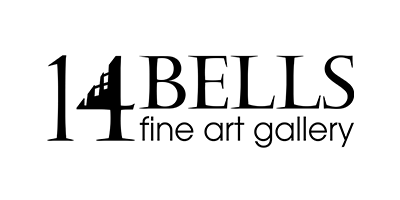What is Encaustic Artwork?

 Visitors to the gallery have asked me this many times so I thought I would let you know right from the expert. This information is provided by gallery artist Lisa-Maj Roos who has been working beautifully in this ancient medium for many years.
Visitors to the gallery have asked me this many times so I thought I would let you know right from the expert. This information is provided by gallery artist Lisa-Maj Roos who has been working beautifully in this ancient medium for many years.
What is Encaustic?
Encaustic is a wax-based paint (composed of beeswax, resin and pigment) which is applied to an absorbent surface in a molten state. Once applied, it is reheated to fuse the paint to the surface.
The word "encaustic" comes from the Greek word enkaustikos, meaning to burn in, referring to the process of fusing the paint. This form of painting is over 2000 years old and has been gaining a resurgence in recent years.
Caring for your encaustic
Encaustic paintings do not have to be varnished or protected by glass because encaustic which is the most durable of all artists' paints, is its own protector. This is because beeswax resists moisture far more than resin varnish or oil. Buffing encaustic will add lustre and saturation to colour in just the same way resin varnish does.
No Yellowing
Encaustic paintings will not yellow. However, beeswax itself is photo-reactive so unpigmented encaustic that has been kept in storage or an unlit area may darken slightly. When re-exposed to sunlight, that darkening will gradually bleach out.
Slight blooming or cloudiness is normal and easily restored by buffing the piece gently with a soft cloth. Care is needed when buffing near textural or three dimensional effects.
Remember, encaustic is composed of wax. Although it is extremely durable, care still must be taken. Do not leave your encaustic piece near heat or in direct sunlight or it may melt. Extreme cold can also cause your encaustic piece to crack.

Leave a comment